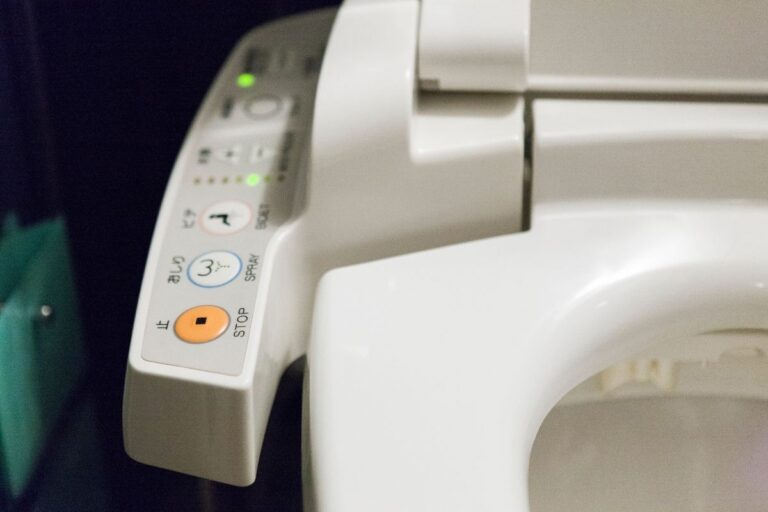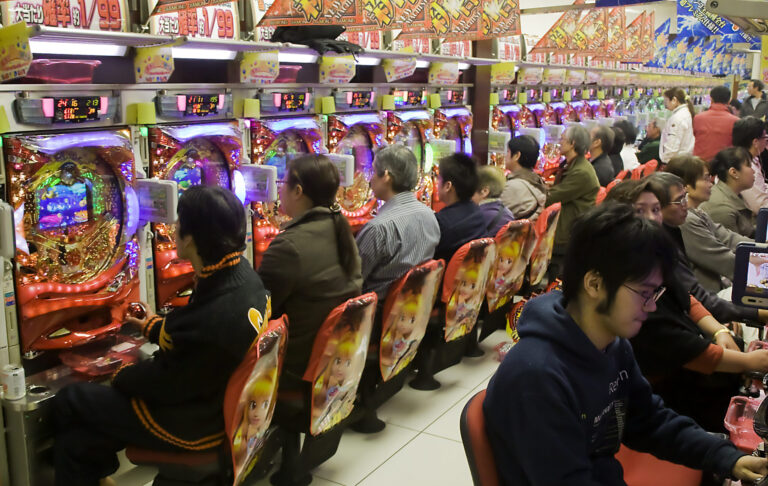Uniforms are required at most Japanese middle and high schools (and some elementary schools), public and private alike, but each school makes the uniforms slightly different. Boys’ uniforms can either be similar to a business suit (pants, blazer, tie, dress shirt) or military-style with a high-collared buttoned-up jacket and perhaps a military-style hat that they wear for special occasions.
Girls’ uniforms always consist of skirts but can follow one of two styles: business-style (skirt, blazer or sweater, dress shirt and tie or bowtie) or seeraa-fuku (“sailor uniform”), which consists of a skirt and a shirt with an old-fashioned sailor collar and bowtie or ribbon around the neck. There are usually two types of uniforms for each gender at each school, one for the colder months and one for the warmer uniforms, but girls always have to leave their legs exposed, even during the cold months!
Although it varies from school to school, most Japanese school days last from 8:30 or 8:45 a.m. to 3:50 p.m., although attendance at after-school activities is virtually required, so students usually stay until 5 to 6 p.m. Students get a lunch break for 30 to 45 minutes halfway through the day, during which they can either eat cafeteria food—if the school has a cafeteria—food sold at a snack cart, or food they’ve brought from home. If the school doesn’t have a cafeteria, students eat in the classroom and lunch workers bring wrapped trays of food for those who haven’t brought their own lunches. Older students can usually eat where they want in the public areas of the school (like outside if it’s nice out), but elementary students are usually supervised during lunch.
Instead of teachers generally staying put in one classroom and students moving from classroom to classroom throughout the day as they do in American middle and high schools, Japanese schools even through high school are closer to American elementary schools in that the same group of students stays put in one classroom all day long (expect when headed for gym or perhaps some arts class). Instead, the teachers move from classroom to classroom throughout the day. This means that students are typically stuck with the same group of classmates—for better or worse—for at least the entire school year, if not for the full three years. Each classroom has a homeroom teacher who takes attendance and discusses morning announcements before classes begin.
Do you like the idea of wearing uniforms in middle and high school? Do you think it’s fair that the girls’ uniform requires a skirt? What do you think of the idea of staying put in a single classroom for the entire day?
No related posts.
Tags: classrooms, education, japan, japanese culture, japanese customs, japanese schools, japanese students, lunches, student life, uniforms



